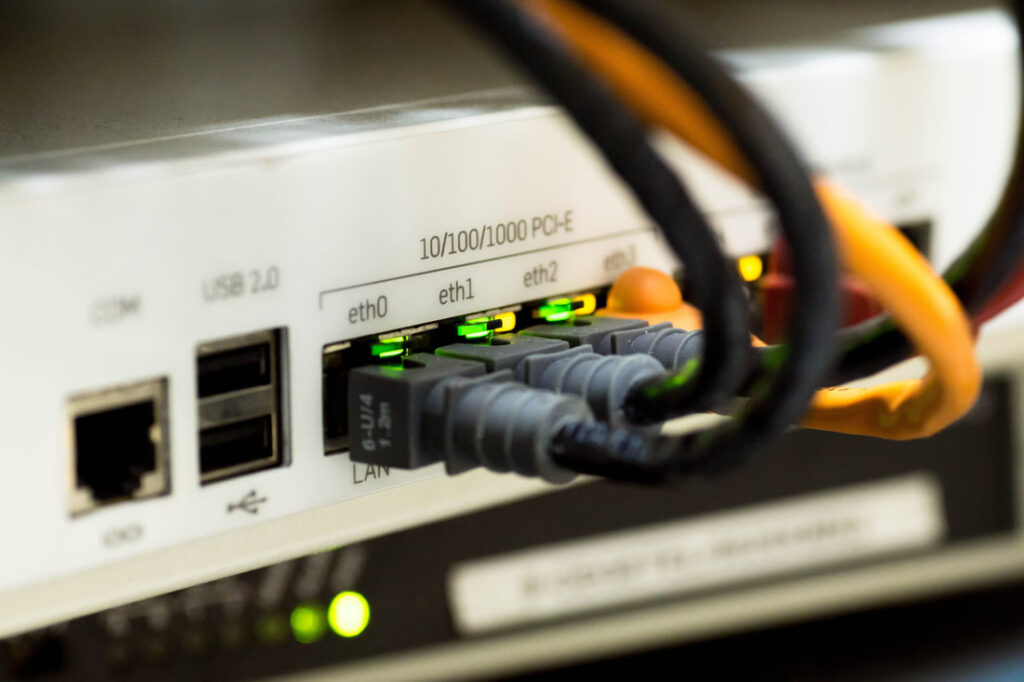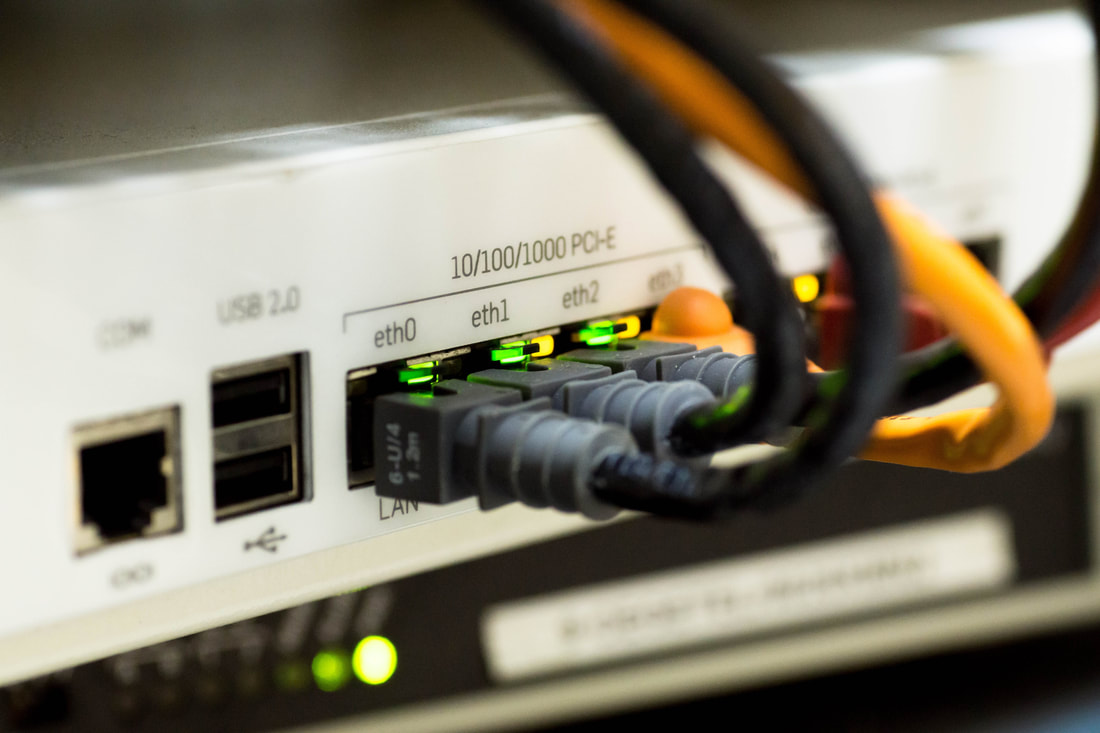The Evolution of Network Cabling: From Cat5 to Cat6 – A Crucial Upgrade for Modern Businesses

In the realm of network infrastructure, the evolution of cabling systems has been a cornerstone in the development of efficient, high-speed data transfer. This evolution is vividly exemplified in the transition from Category 5 (Cat5) to Category 6 (Cat6) cables. For businesses, understanding this transition is not just about keeping up with technological advancements; it’s about leveraging these advancements for enhanced performance, reliability, and scalability.
The Decline of Cat5 Cables
Cat5 cables were once the standard in Ethernet cabling, widely acclaimed for their ability to support speeds up to 100 Mbps and a bandwidth of 100 MHz. However, as the digital landscape evolved, with an increased focus on data-heavy applications, the limitations of Cat5 cables became apparent. The primary drawback was their inadequate bandwidth, which became a bottleneck in handling the burgeoning data requirements of modern businesses.
Emergence of Cat6 Cables: A Superior Alternative
Cat6 cables emerged as a superior alternative, addressing the shortcomings of Cat5 cables while setting new benchmarks in data transmission.
- Enhanced Speed and Bandwidth: Cat6 cables can support speeds up to 1 Gbps for lengths up to 100 meters and even up to 10 Gbps over shorter distances (around 55 meters). The bandwidth capacity of up to 250 MHz, more than double that of Cat5, translates into reduced network congestion and smoother data transmission.
- Reduced Crosstalk: One significant advancement in Cat6 cables is the reduction in crosstalk, the interference between different transmission channels. Improved shielding and tighter winding of the cables significantly minimize interference, enhancing the overall reliability of network connections.
- Backward Compatibility: An added advantage of Cat6 cables is their backward compatibility. They can function effectively in networks with older versions of cabling, ensuring a flexible and cost-effective upgrade path.
The Business Case for Upgrading to Cat6
Upgrading to Cat6 cabling offers several tangible benefits for businesses:
- Robust Network Performance: Enhanced speed and bandwidth ensure that businesses can handle high-bandwidth applications like video conferencing, VoIP, and cloud computing more efficiently. This leads to improved overall network performance, which is crucial in today’s fast-paced business environment.
- Future-Proof Networking: With their higher capacity, Cat6 cables provide a degree of future-proofing, allowing businesses to accommodate future technological advancements without the need for significant infrastructure overhauls.
- Support for Advanced Applications: The ability to handle high-speed data transmission makes Cat6 an ideal choice for supporting advanced applications and services that are becoming increasingly integral to business operations.
The Lifecycle of Structured Cabling
A critical aspect often overlooked in network infrastructure planning is the lifecycle of structured cabling. Typically, the life expectancy of a structured cabling system ranges from 10 to 20 years. This lifespan is influenced by several factors, including environmental conditions, the quality of installation, and the evolving technological landscape.
During this period, cables can experience physical degradation and become less effective at handling modern data speeds and bandwidth requirements. Regular assessments are therefore essential to determine the health and efficacy of the cabling system and to decide when an upgrade is necessary.
Why Cat6 is the Optimal Choice for Replacement
Replacing outdated cabling with Cat6 offers several long-term benefits:
- Cost-Effectiveness: While the initial investment in Cat6 may be higher than continuing with existing Cat5 cabling, the long-term benefits, including reduced need for frequent upgrades and enhanced network efficiency, make it a more cost-effective solution.
- Scalability: As businesses grow, their data needs expand. Cat6 cabling, with its higher bandwidth and speed capacities, can accommodate this growth, ensuring that the network infrastructure does not become a limiting factor.
- Enhanced Security and Reliability: The improved shielding in Cat6 reduces the risks of data breaches and ensures more stable and reliable network connections, which is critical for maintaining business continuity.
-
Implementation Considerations
When considering an upgrade to Cat6 cabling, businesses should take into account several factors:
- Network Analysis: Conduct a thorough analysis of the current network to understand the specific needs and how Cat6 cabling can address them.
- Professional Installation: Ensuring professional installation is key to maximizing the benefits of Cat6 cabling. Poor installation can negate the advantages of upgraded cabling.
- Cost-Benefit Analysis: While the benefits of upgrading to Cat6 are clear, it’s important to conduct a cost-benefit analysis to understand the financial implications and the return on investment.
- Integration with Existing Infrastructure: Consider how the new cabling will integrate with the existing infrastructure, including compatibility with current hardware and network devices.
The shift from Cat5 to Cat6 cabling represents a significant leap forward in network infrastructure technology.




